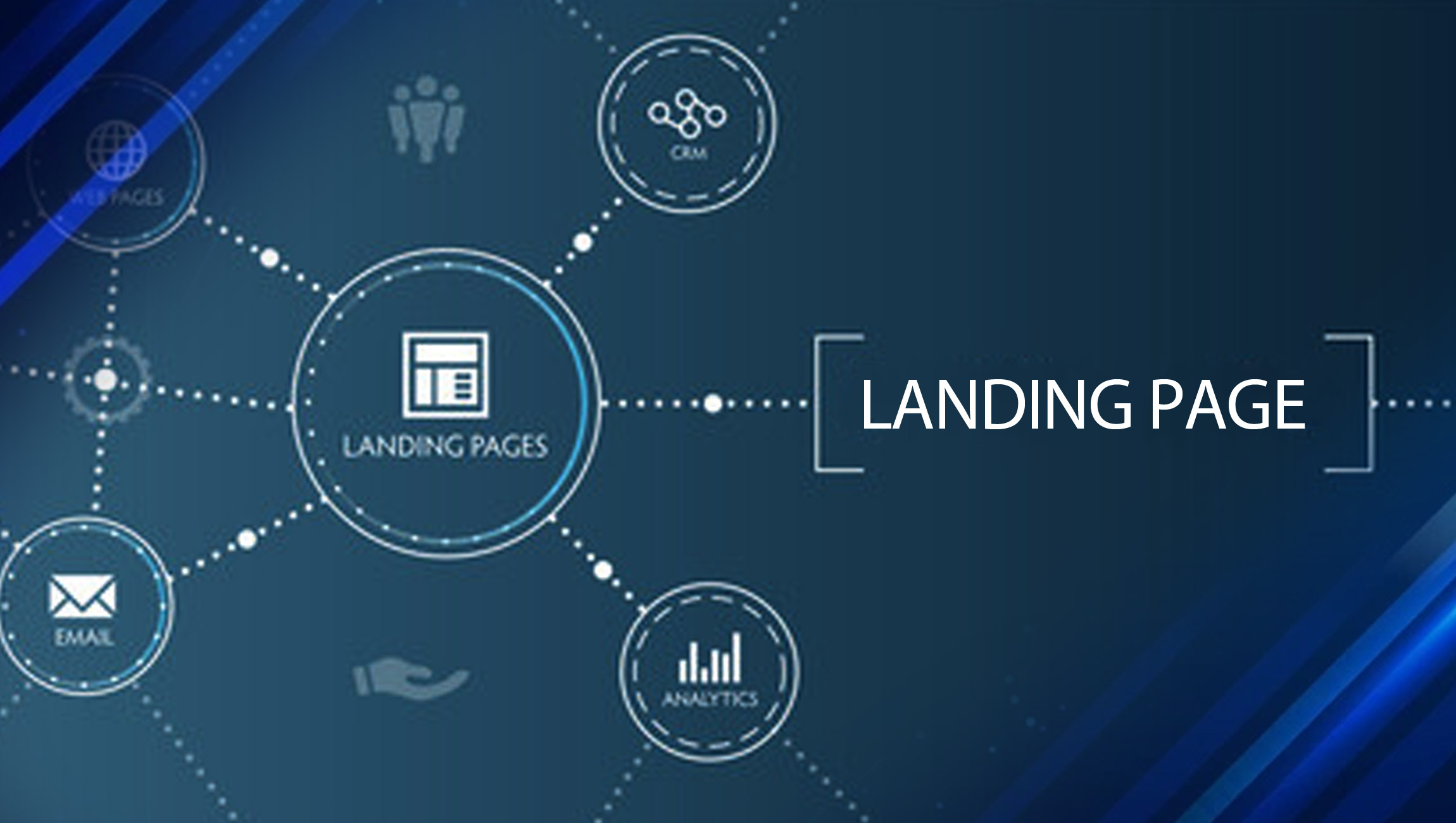Your ads all aim to get leads to click through to the landing page, and then the landing page has to achieve the crucial task of getting the visitor to complete the desired action. Whether it’s signing up for your email list, downloading an ebook, or registering for an upcoming event, your landing page has a specific job to do.
But not every landing page is up to the task.
We’ve all been on the receiving end of a landing page that’s so off-putting that we click away again immediately, but you wouldn’t like to think that any of your landing pages fall into that category.
To avoid fielding a landing page that commits marketing sins and deters new leads, try some or all of these 7 landing page best practices to drive conversions and ultimately boost revenue.
1. Have a clear CTA
The whole point of a landing page is to convert your visitors, but that’s not going to happen if they aren’t sure what to do next. The heart and soul of every landing page is the call to action, or CTA.
It needs to tell the visitor what to do now in the most clear and simple terms possible, whether that’s “Sign up” or “Join now” or “Request a call.” CTAs need to stand out on the screen, with a contrasting color and/or bold framing. You could even use arrows to draw the eye.
2. Be consistent
Branding should follow seamlessly from your social media ad to your landing page, and onwards. The more your landing page continues the wording, tone, style, images, and layout of your ad, the better the CX and the lower the friction for the consumer.
Consumers look for branding cues to reassure them that the ad brought them to the right place. When it’s not consistent, visitors can get confused, and even nervous that their click was hijacked to a fake site. Research shows that revenue can rise by 33% when your branding is consistent, but 81% of companies still struggle to meet that challenge. Using templates from a free landing page builder can help you ensure consistency for every landing page you create.
3. Reduce the clutter
When it comes to landing pages, less really is more. Too many elements, images, colors, and texts can overwhelm the visitor and leave them so confused about where to click or what to do next that they bounce off rather than work it all out.
Keep your landing page simple, with plenty of white space and only a few well-placed images, and trim down your landing page copy so that there isn’t too much for the visitor to take in.
4. Analyze what’s working
Like with every part of your marketing strategy, you can’t improve your landing pages if you don’t know where the problem lies. Google Analytics can help identify which landing pages convert higher, and a survey maker can help you gather visitor feedback, but more advanced tools deliver deeper insights.
Try using a heat map that reveals which parts of the page are getting the most attention and which go unnoticed, or a scroll map to see if visitors are scrolling quickly past certain areas. A confetti map also works to see which links get the most clicks and guide your CTA placement. Finally, it’s a good idea to apply A/B testing to discover which colors, button placements, headline copy, etc. perform the best.
5. Optimize for every device
You can’t assume that visitors will view your landing page on a desktop. It’s just as likely that they’ll be seeing it on their mobile or tablet, so you have to make sure that the page loads fast and displays properly for every device. A study found that 90% of consumers have left a website because the page didn’t display well, and 93% because it loaded too slowly.
6. Personalize your landing pages
Personalization is one of the biggest trends in marketing today and something that people don’t just demand, but assume they’ll encounter. A study found that 72% of consumers say they’ll only engage with customized marketing messages, not generic ones.
Dynamic text replacement means that you can show a different landing page to visitors who arrive through different ads, like using text about staying warm in the cold weather to consumers who live in Maine, but referring to the perfect beach day to visitors from Florida.
7. Include social proof
Consumers trust reviews and testimonials even from people they don’t know, so make the most of them on your landing page. According to a BrightLocal survey, 94% of consumers are more likely to use a business if they read a positive review, and 79% trust online reviews from strangers as much as a direct recommendation from friends and family.
Use a video review or a quote with a headshot if you can, because seeing the person who left the review is a lot more effective than just text alone.
A well-designed landing page is more than a work of art
Landing pages are the workhorse of your marketing campaigns, so make sure that they do their jobs successfully. By cutting the clutter, using consistent branding, clear CTAs, customized elements, and testimonials, applying advanced analytics, and optimizing your page load and display, you can improve your landing page conversion rates and reap the benefits in increased sales.











